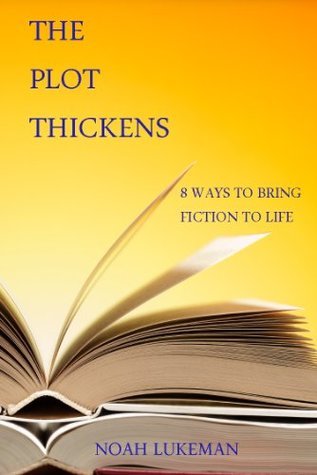What do you think?
Rate this book


242 pages, Kindle Edition
First published July 5, 2002
Contrary to what many popular books would like you to believe, there is no formula to assure a great or “classic” plot. There are no steps, paths, no things you must do, and no things you cannot do. This is not a book of rules and mandates. I would be wary of any such book. On the contrary, this book grapples, philosophically and practically, with age-old principles of story. If you glance at the table of contents you will not find catchy, gimmicky topics; on the contrary, it deliberately covers familiar ground—characterization, suspense, conflict. These principles have sustained works for thousands of years and can be found at the core of all great writing. This book differs in that it attempts to cover new ground within these topics, offer examples you will not have seen, and offer exercises you will not have previously considered.
In my mind I carry a sort of graveyard of writing that never made it into print. In my role as editor, I’ve sometimes had to cut some of the best writing I’d seen anywhere, because it detracted from the rest of the work. This is the most painful type of editing, but the great writers know that context is everything. (p. 168).